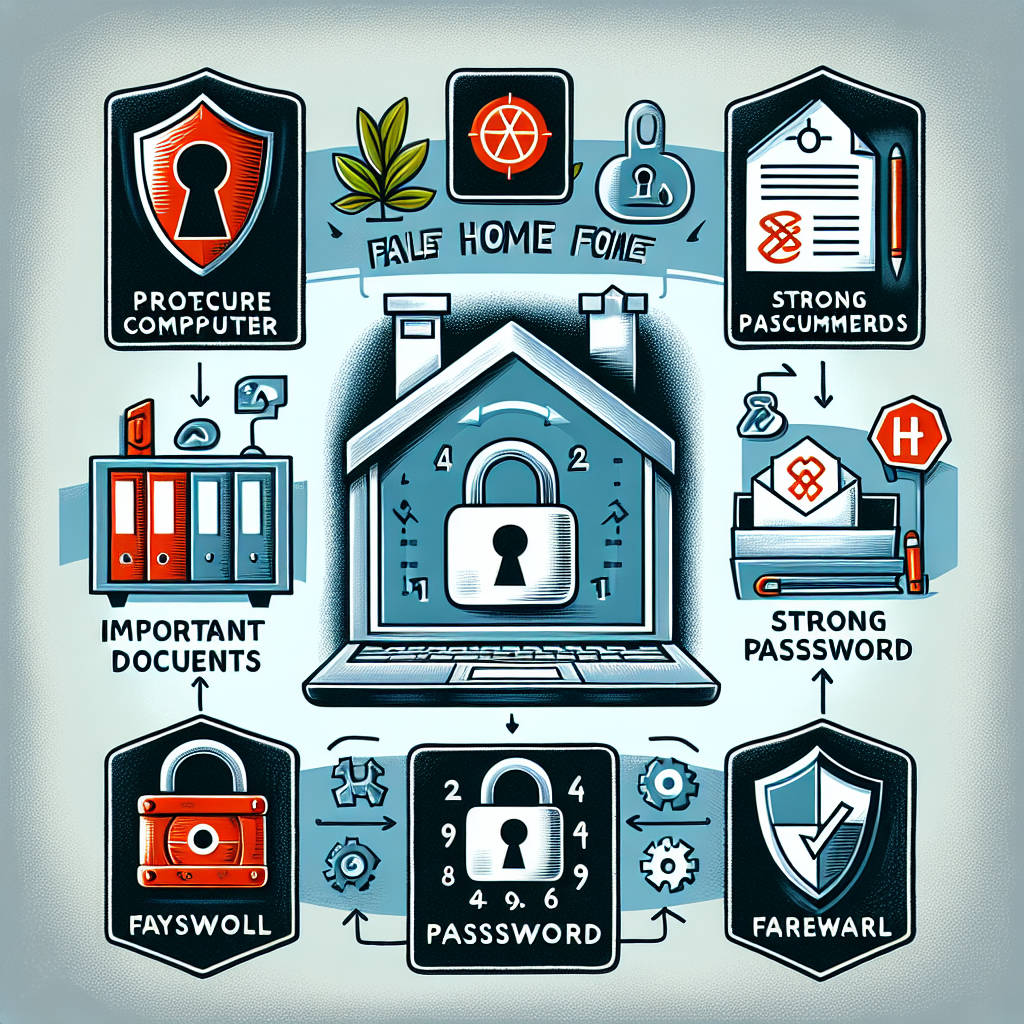In today’s digital age, data security is of paramount importance. This is especially true when it comes to personal files that contain sensitive information. This article will guide you through steps on how to protect your personal files and ensure home data safety.
To start with, it is essential to understand the risks involved. Your personal files can be compromised due to various reasons such as malware attacks, hardware failures, or even human error. Therefore, it’s crucial to implement a comprehensive plan that covers all possible threats.
1. Use Strong Passwords:
The first line of defense in protecting your personal files is setting strong passwords. A strong password should include a combination of uppercase and lowercase letters, numbers, and symbols. Avoid using common words or phrases and never use easily guessable information like birthdays or pet names.
2. Regularly Update Your Software:
One of the most common ways hackers gain access to your system is through outdated software. Regular updates not only provide new features but also patch up any security loopholes that might be present in the software.
3. Install Reliable Antivirus Software:
A robust antivirus program can protect your system from various types of malware attacks that can compromise your data’s security. It’s important to keep your antivirus software updated for it to effectively counter new threats.
4. Implement Firewall Protection:
A firewall acts as a barrier between your computer and potentially harmful data from the internet. It filters incoming traffic and prevents unauthorized access to your system.
5. Backup Your Files:
Backing up your files regularly ensures that even if something happens to your computer, you’ll still have access to your important documents and photos. You can backup data on an external hard drive or use cloud storage services for this purpose.
6. Encrypt Your Data:
Encryption converts readable data into encoded information which can only be read with a key (password). Encrypting sensitive documents adds an extra layer of protection because even if someone gets hold of the file, they won’t be able to read it without the key.
7. Secure Your Wi-Fi Network:
An unsecured Wi-Fi network is an open invitation for hackers to access all connected devices. To secure your network, change the default username and password, enable network encryption, and update the router firmware regularly.
8. Be Wary of Phishing Attempts:
Phishing is a malicious attempt to obtain sensitive information (like usernames, passwords) by pretending to be a trustworthy source. Be cautious while clicking on links in emails or text messages from unknown senders.
In conclusion, protecting your personal files requires a combination of good habits and proactive measures. By following these tips, you can significantly reduce the risk of data breaches and ensure your personal data’s safety. Remember, in our digital world, data is one of the most valuable commodities; protect it with care.
